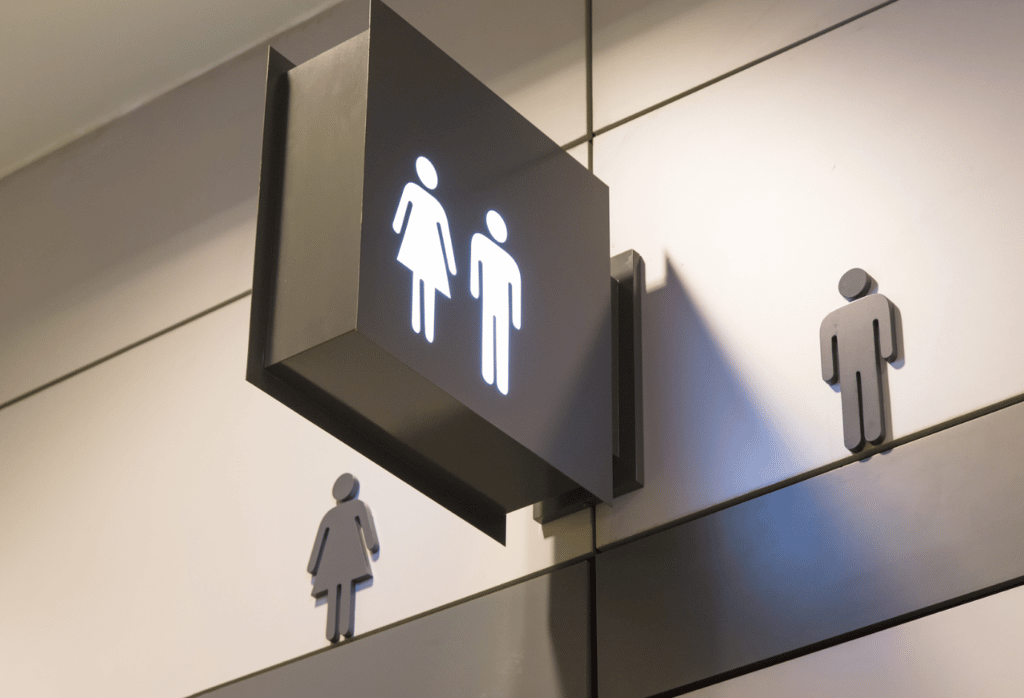A third of women around the world claim they clack access to adequate toilets in public, a new report has found. Women wait up to six times longer than men when trying to access the bathroom in public spaces. Globally, cities are still not being designed with the needs and safety of women and girls in mind.
An overt lack of suitable public facilities is one finding among several in the latest report published by the UN, which looked at four key areas affecting women and girls: safety and security, justice and equity, health and wellbeing and enrichment and fulfilment.
The report, titled “Designing cities that work for women” found that women were not only grossly underrepresented in key decision-making roles regarding the environment — leading roughly just one in seven environment ministries around the world, they also faced impediments to urban planning schemes, including construction, council management and other leadership positions.
Women’s safety concerns dominated much of the research, with almost all UK women between 18-24 reporting sexual harassment in public spaces. In Ireland, more than fifty percent of women say they feel unsafe on public transport after dark.
In Australia, one in five women aged 18-24 feel less safe being alone at night in public spaces compared to pre-pandemic.
UNDP’s Administrator, Achim Steiner said that the latest report shows the importance of achieving gender equity, since it is integral to every UN Sustainable Development Goal.
“When cities are largely designed without considering the diverse needs and insights of women of all ages and identities, this can have an adverse impact not only on their lives, but on their families,” he said.
A lack of attention paid to women’s safety was not the only startling finding from the report. Public statues and monuments were also disproportionately gendered. Globally, roughly three per cent of monuments celebrating heroes of the past and present were women or girls.
In Australia, less than four per cent of public statues are of women.
The report listed several recommendations to ensure more women contributed to city design, including creating city-wide gender equality groups, education and development programmes, forming design action plans with more women involved, and stronger unity between city authorities and businesses.

